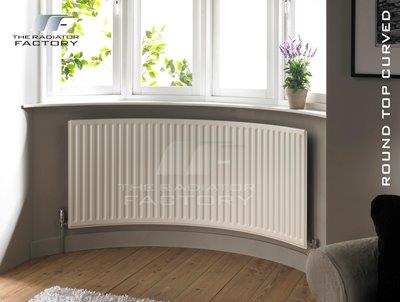In regions with extreme cold temperatures, ensuring consistent heating in homes and buildings is a significant challenge. Traditionally, fossil-fuel-based heating systems like natural gas furnaces have been the go-to solution for colder climates. However, the emergence of cold-climate heat pumps CCHPs has revolutionized the approach to heating, offering a more energy-efficient, environmentally friendly alternative. Cold-climate heats pumps are designed to operate effectively even in freezing temperatures, making them an ideal solution for homes in regions with harsh winters. Unlike conventional air-source heat pumps, which lose efficiency as temperatures drop, cold-climate models can extract heat from the outdoor air even when the thermometer reads well below freezing. This is possible thanks to advanced compressor technology, specialized refrigerants, and enhanced heat exchange systems, allowing them to deliver consistent warmth even in the coldest months.
One of the key advantages of cold-climate heat pumps is their ability to provide uniform heating across the entire home. Traditional heating systems often struggle with creating consistent warmth throughout all rooms, resulting in cold spots and uneven temperatures. In contrast, heat pumps work by distributing heat evenly, using a system of ducts or radiant flooring to maintain a steady indoor temperature. This reduces the likelihood of cold spots, cold climate heat pump manufacturers ensuring comfort throughout the home. Many cold-climate heat pumps can also be combined with smart thermostats, allowing homeowners to customize temperature settings in different zones for further optimization. The environmental benefits of CCHPs are significant. Heat pumps work by transferring heat rather than generating it through combustion, which means they require less energy to achieve the same level of warmth. This leads to lower utility bills and a reduced carbon footprint compared to conventional heating methods. In addition, as the electricity grid becomes increasingly powered by renewable energy sources, the carbon emissions associated with running heat pumps will continue to decline, further enhancing their environmental benefits.
Cold-climate heat pumps are not without their challenges, however. They tend to have a higher upfront cost compared to traditional heating systems, and their performance can vary based on the design and insulation of the home. Additionally, while they can provide both heating and cooling, during extreme cold spells, they may need to be supplemented with backup heating sources, such as electric resistance heaters or a gas furnace, to ensure adequate warmth. Nevertheless, the long-term savings, comfort, and environmental advantages they offer make cold-climate heat pumps an increasingly popular option for homeowners in cold regions seeking reliable, heat pump furnace replacement energy-efficient heating solutions. With continued advancements in technology, cold-climate heat pumps are poised to become the standard for residential heating in colder climates, helping to achieve consistent, efficient warmth even in the harshest winters.


 The use of a radiator is fundamental and important in the unforgiving cold months of the colder season in specific countries. The radiator is a mechanical contraption that demonstrations in the formation of warmth that is significant for different sorts of warming and regardless, cooling structures. They are moreover used in the trading of atomic power in cars of different sorts like planes, vehicles to attempt and bicycles. The usage of radiator as a strategy for controlling the indoor air temperature and especially in central warming structures has been in vogue. There are at this point many makes and arrangements of column radiators that are viewed as even today and are notable in their own particular way. Various that may accumulate them as a part of their antiquated collection. Regardless, there are many usually arranged radiators that are sold for working in your home if you like it.
The use of a radiator is fundamental and important in the unforgiving cold months of the colder season in specific countries. The radiator is a mechanical contraption that demonstrations in the formation of warmth that is significant for different sorts of warming and regardless, cooling structures. They are moreover used in the trading of atomic power in cars of different sorts like planes, vehicles to attempt and bicycles. The usage of radiator as a strategy for controlling the indoor air temperature and especially in central warming structures has been in vogue. There are at this point many makes and arrangements of column radiators that are viewed as even today and are notable in their own particular way. Various that may accumulate them as a part of their antiquated collection. Regardless, there are many usually arranged radiators that are sold for working in your home if you like it.